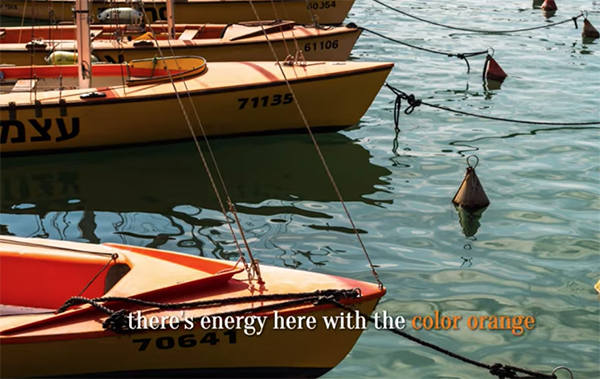The Power of Color for Shooting Photos with Mood & Emotion (VIDEO)
Today’s enlightening tutorial is for those of you who’ve captured what you thought would be a killer shot only to discover that something is missing and you’re uncertain why. Upon closer scrutiny, however, you may realize that it’s poor color trying to get your intention.
This video with instructor Rebecca Kowalsky is different than most others we post because it takes you beyond the familiar technicalities of photography and delves into the emotional, storytelling power of color as a tool in composition. In other words, there’s much more to color than just making a photo look “pretty.”
Kowalsky is an experienced shooter and educator who says her passion for photography has been a way of life for the past 20 years. Her overriding point in today’s 11-minute episode is that “Color is one of the strongest ways to guide a viewer’s eye, create a mood, and give your photos more depth and meaning.” Simply put, a single splash of color or a combination of complimentary colors can significantly boost the impact of an unimpressive shot.
Her examples abound, like a policeman wearing bright yellow vest amidst a sea of gray city tones, or a vivid turquoise helmet hanging from the handlebars of a scooter. Even landscape photos can be vastly improved by making a dominant, colorful element the hero of your image.

As Kowalsky says, “These aren’t happy accidents. They’re meaningful choices we can learn to notice, frame, and explore.” She also insists that a thoughtful approach to color helps you connect with viewers more deeply by conveying different emotions or personality.
Warm hues like red, yellow and orange, for example, can imbue an image with energy, joy and intimacy. Conversely, cool colors like blue, green and purple evoke feelings of calm, sadness and reflection. And when you combine complimentary colors there a myriad of options for creating photos with maximum impact.

Kowalsky provides several practical tips for training your eye so that your images become stories that really connect. Once you’re done watching head over to her unique YouTube channel and learn others methods for improving your work without worrying as much about f/stops and shutter speeds.
We also recommend watching the earlier tutorial we featured with an accomplished pro who provides a complete beginners guide to a few core principle that will enable you to consistently achieve photographs with perfect exposure, whether you’re shooting landscapes, wildlife photos, or environmental portraits.




